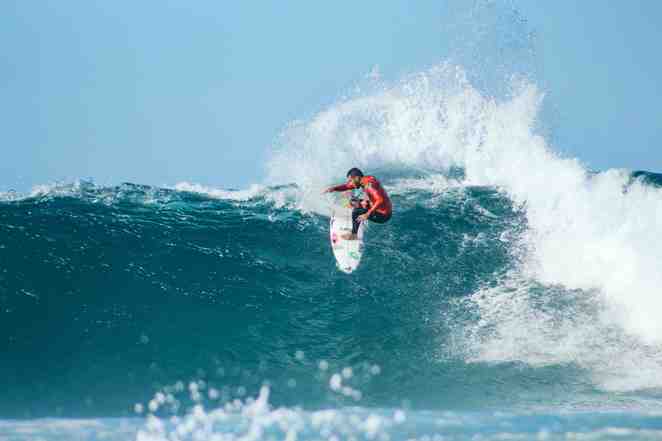
Surfing Tips Tricks and Techniques
Extreme sports is a term used to describe those activities where one of the main elements of pleasure is derived from an intense thrill, usually involving an element of danger, and often combined with some degree of precise balancing.
One of the best examples of this is surfing, which requires participants to battle against nature's waves as well as their own body, with great scope for stunts and tricks.
With those starting out at surfing, choosing a good location is important, although any reasonable instructor should be able to find somewhere non-stony and even.
If first using a surfboard, try going flat on it so that it balances the same as it does without you on it. If the end points overly downwards or upwards ('pearling' or 'corking'), successfully catching waves will become harder.
Most of your time surfing will be spent paddling, so a good technique is important. This is where stamina and endurance come into play, and, as a starting point, you should ensure you paddle one arm at a time, to give more consistent movement. Movement into a standing position can be one of the most tricky starting points, and you should work on this lots before going on.
Overall, remember not to try to be too rigid - your aim should be to spread your body weight evenly between your feet. Crouching a little will help to achieve this as you will have a lower centre of gravity, and board wax should be applied to provide further grip between your feet and the board.
For the more advanced surfer, some more creativity with the waves given to you by the sea is possible. Performing a roller coaster re-entry is something that can be done by experienced surfers with confidence. When the break starts to become apparent, try to go faster by going further down into the wave and turning up into the break. Direct yourself towards the lip, slicing into and above the section, giving a very impressive appearance. If you've maintained enough speed, you should be carried to the peak of the curl. While too small a wave will make this maneuver difficult, trying it in more than a 6 foot surf should only be tried once you're experienced with something less demanding.
Your most important piece of equipment will be your board, so it should be chosen carefully. Generally, for beginners, a larger board will make catching a wave - and staying on the board - much easier. For the average adult, an 8 ft 'foamy' surfboard will be good to start on. To keep you close to the board, a 'leash' connecting your foot and the board is advisable in most locations.
Previous in Sports: Surfing History
Next in Sports: Volleyball